Have you ever looked up at the night sky and wondered … what other kinds of planets are out there? Our Transiting Exoplanet Survey Satellite (TESS) just spent its first year bringing us a step closer to exploring the planets around the nearest and brightest stars in the southern sky and is now doing the same in the north.

TESS has been looking for dips in the brightness of stars that could be a sign of something we call “transits.” A transit happens when a planet passes between its star and us. It’s like when a bug flies in front of a light bulb. You may not notice the tiny drop in brightness when the bug blocks some of the light from reaching your eyes, but a sensitive camera could. The cameras on TESS are designed to detect those tiny drops in starlight caused by a transiting planet many light-years away.
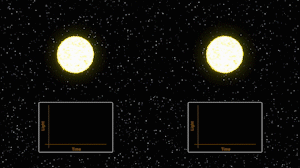
In the last year TESS has found 24 planets and more than 900 new candidate planets. And TESS is only halfway through its goal of mapping over three-fourths of our skies, which means there’s plenty more to discover!
TESS has been looking for planets around the closest, brightest stars because they will be the best planets to explore more thoroughly with future missions. We can even see a few of these stars with our own eyes, which means we’ve been looking at these planets for millions of years and didn’t even know it.
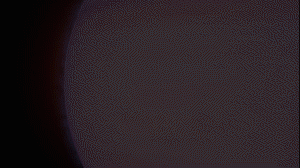
We spent thousands of years staring at our closest neighbor, the Moon, and asking questions: What is it like? Could we live there? What is it made of (perhaps cheese?). Of course, now we can travel to the Moon and explore it ourselves (turns out, not made of cheese).
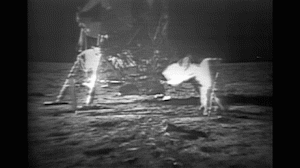
But for the worlds TESS is discovering, the commute to answer those questions would be killer. It took 35 years for Voyager 1 to cross into interstellar space (the region between stars), and it’s zipping along at over 38,000 mph! At that rate it would take more than a half-a-million years to reach the nearest stars and planets that TESS is discovering.
While exploring these distant worlds in person isn’t an option, we have other ways of learning what they are like. TESS can tell us where a planet is, its size and its overall temperature, but observatories on the ground and in space like our upcoming James Webb Space Telescope will be able to learn even more — like whether or not a planet has an atmosphere and what it’s made of.
Here are a few of the worlds that our planet hunter discovered in the last year.
Earth-Sized Planet
The first Earth-sized planet discovered by TESS is about 90% the size of our home planet and orbits a star 53 light-years away. The planet is called HD 21749 c (what a mouthful!) and is actually the second planet TESS has discovered orbiting that star, which you can see in the southern constellation Reticulum.
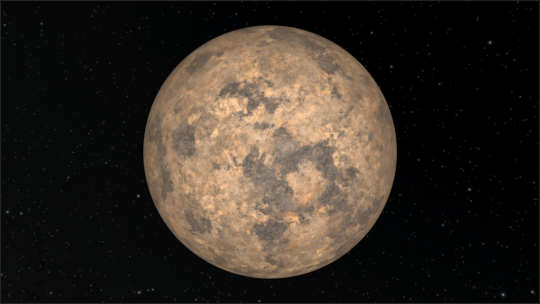
The planet may be Earth-sized, but it would not be a pleasant place to live. It’s very close to its star and could have a surface temperature of 800 degrees Fahrenheit, which would be like sitting inside a commercial pizza oven.
Water World?
The other planet discovered in that star system, HD 21749 b, is about three times Earth’s size and orbits the star every 36 days. It has the longest orbit of any planet within 100 light-years of our solar system detected with TESS so far.
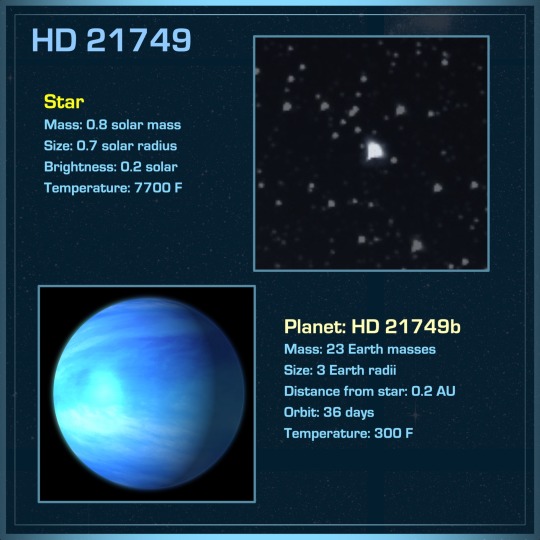
The planet is denser than Neptune, but isn’t made of rock. Scientists think it might be a water planet or have a totally new type of atmosphere. But because the planet isn’t ideal for follow-up study, for now we can only theorize what the planet is actually like. Could it be made of pudding? Maybe … but probably not.
Magma World
One of the first planets TESS discovered, called LHS 3844 b, is roughly Earth’s size, but is so close to its star that it orbits in just 11 hours. For reference, Mercury, which is more than two and a half times closer to the Sun than we are, completes an orbit in just under three months.
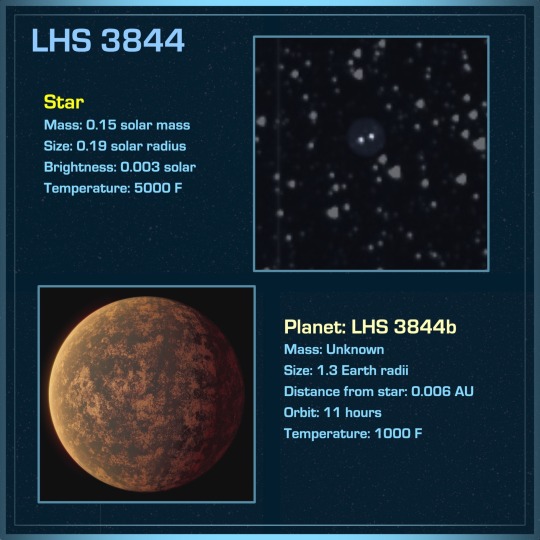
Because the planet is so close to its star, the day side of the planet might get so hot that pools and oceans of magma form on its rocky surface, which would make for a rather unpleasant day at the beach.
TESS’s Smallest Planet
The smallest planet TESS has discovered, called L 98-59 b, is between the size of Earth and Mars and orbits its star in a little over two days. Its star also hosts two other TESS-discovered worlds.

Because the planet lies so close to its star, it gets 22 times the radiation we get here on Earth. Yikes! It is also not located in its star’s habitable zone, which means there probably isn’t any liquid water on the surface. Those two factors make it an unlikely place to find life, but scientists believe it will be a good candidate for follow-up studies by other telescopes.
Other Data
While TESS’s team is hunting for planets around close, bright stars, it’s also collecting information on all sorts of other things. From transits around dimmer, farther stars to other objects in our solar system and events outside our galaxy, data from TESS can help astronomers learn a lot more about the universe. Comets and black holes and supernovae, oh my!

Interested in joining the hunt? TESS’s data are released online, so citizen scientists around the world can help us discover new worlds and better understand our universe.
Stay tuned for TESS’s next year of science as it monitors the stars that more than 6.5 billion of us in the northern hemisphere see every night.
Make sure to follow us on Tumblr for your regular dose of space: http://nasa.tumblr.com.






Комментариев нет:
Отправить комментарий